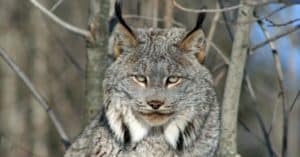Continue reading for our analysis...
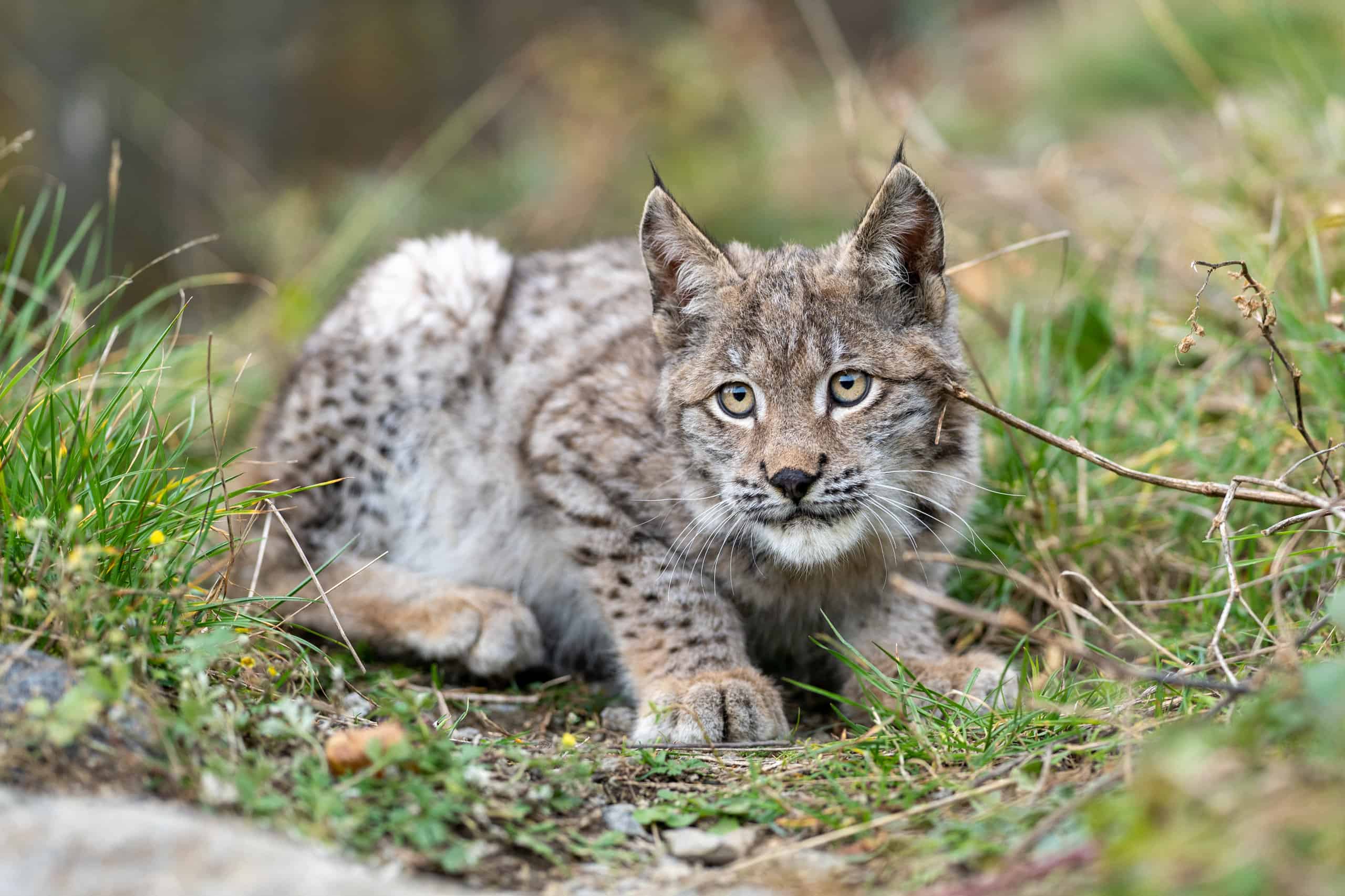
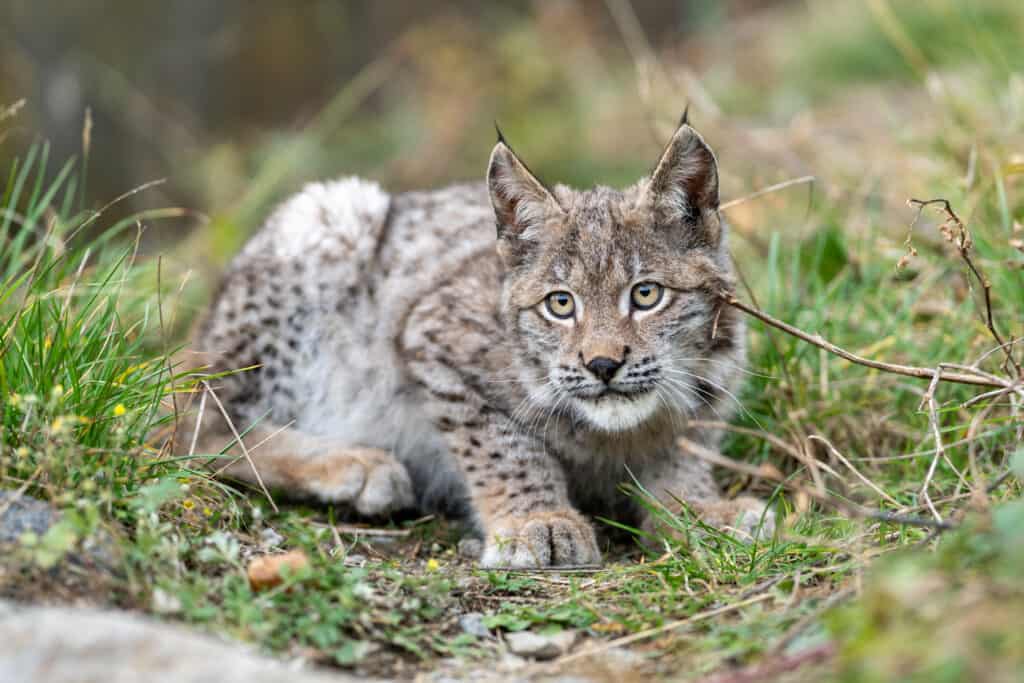
The lynx may appear similar to a housecat, but don’t let its cuteness fool you: it is still a ferocious predator.
©Vaclav Sebek/Shutterstock.com
Have you ever encountered a wild animal up close? Many people have gazed in awe at wild zoo animals like tigers, elephants, and lions. However, few have encountered dangerous animals outside of captivity and within reach. In this video, a man encounters and attempts to pet a wild lynx just a few feet from him on the side of a road.
At the beginning, the man talks to the animal, asking it how it’s doing and commenting on its behavior. The lynx begins to stretch out, and the man determines to pet the creature. The man describes how lynxes are friendlier than bobcats, which have a reputation for being violent and formidable predators.
The man then calls the lynx closer to him, but the lynx is hesitant to approach. He talks quietly and calmly to the animal, letting it know that he means no harm. The man describes the lynx as a large housecat without a tail. He also makes connections between the lynx and the cheetah, as both animals have similar patterns on their coats.
The lynx approaches the man slowly and scratches his hand. The man reassures the lynx of its safety, but the lynx continues to back away. It appears that the lynx might be frightened of the man. Nevertheless, the man makes further efforts to pet the cat. The man begins to worry that the lynx might want to hurt him, and he believes that perhaps the lynx wasn’t friendly after all.
The lynx retreats from the man after further prodding and disappears. The man reasoned that the lynx was likely afraid of him, regardless of his calm temperament. Unfortunately, the man could not pet the wild lynx or make friends with the animal. While the man may have desperately wanted a relationship with the cat, it’s unlikely that they’ll ever meet again.
Background on the Lynx
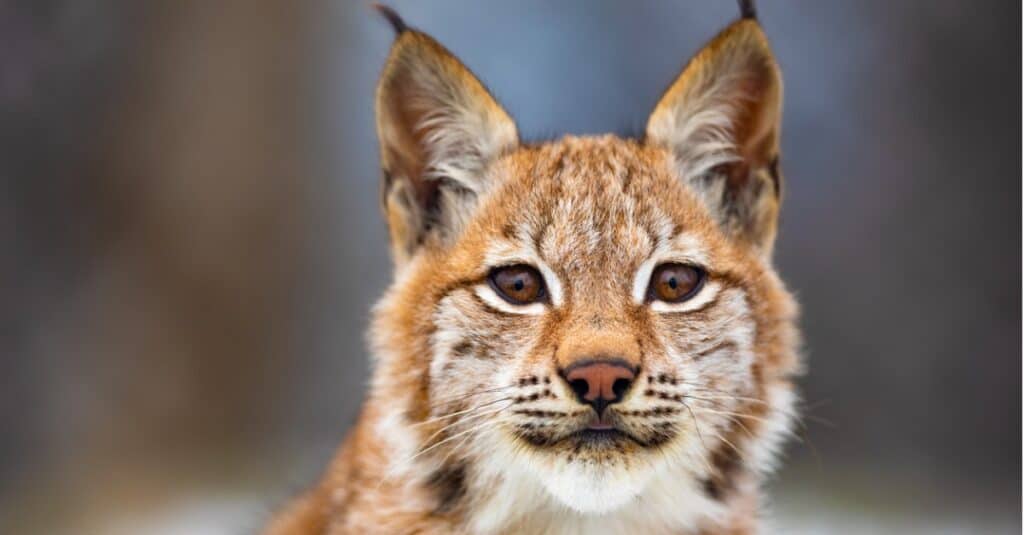
The lynx looks like a large housecat.
©iStock.com/kjekol
Lynxes are wild cats with subspecies such as the bobcat. They can be encountered in and near forested areas on the continents of North America, Europe, and Asia. Lynx height averages two feet, and lynx weight ranges between 22 and 44 pounds. A lynx typically looks like a large housecat with a short tail and a denser coat. The coat of a lynx has a pattern, too. Lynx coats are typically cream-colored with brown and black spotting or stripes.
The lynx diet includes mammals, such as rodents, and birds. Some larger species of lynx, such as the bobcat, hunt for larger prey like deer. The Canada lynx finds its main food source in the snowshoe hare. The mating season for lynxes occurs between the winter and spring seasons. A lynx can produce up to six children after one gestation period lasting two months. Most lynx live for over 13 years. However, some lynx species, such as the Eurasian lynx, average a lifespan of 11 years.
Where Do Lynx Live?
There are four different species of lynx found throughout the world today. Two of these, the Canada lynx and the bobcat are native to North America. Canada lynxes prefer the colder climate of their namesake country and some parts of the Northern United States such as Alaska and Montana. Bobcats are found throughout most of the continental United States with the exception of parts of the East Coast and much of the Midwest.
The other two species of lynx are found in Europe and Asia, with the Eurasian lynx being significantly more common. It’s relative the Iberian lynx is actually the most endangered species of feline on the planet. Fewer than 300 wild Iberian lynxes are left in their homeland of Spain today.
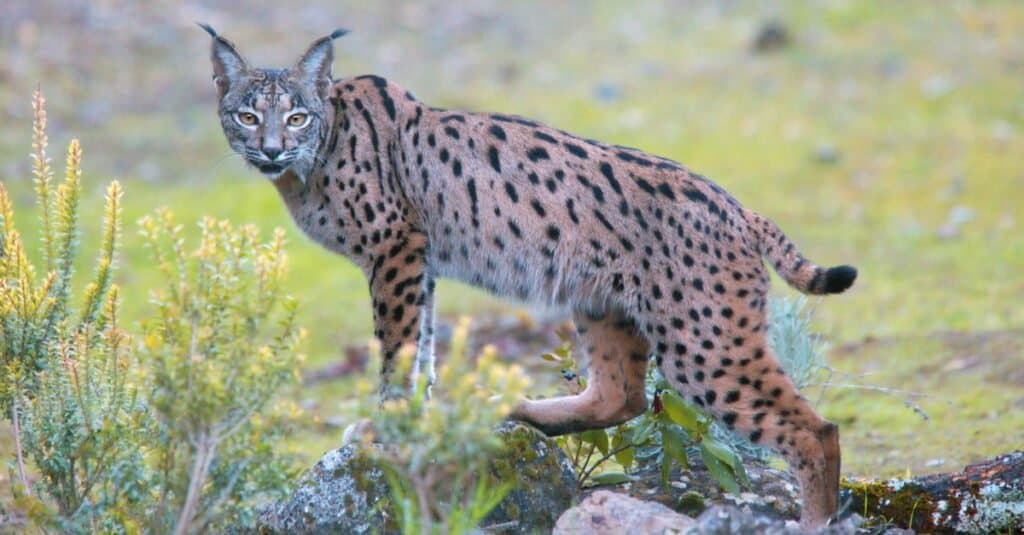
The Iberian Lynx is the rarest species of feline.
©tony mills/Shutterstock.com
Is It Normal to See a Lynx in the Wild?
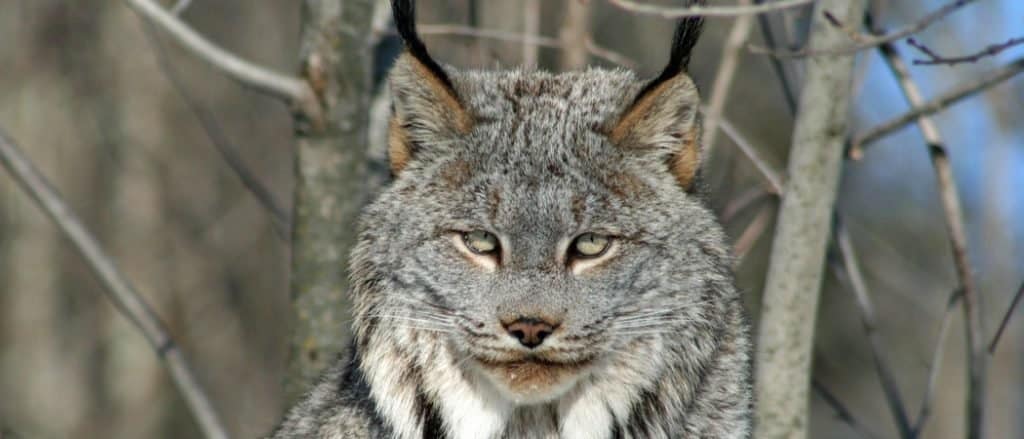
Lynx are stealthy predators, so it is rare for humans to encounter them in the wild.
©Through Christy’s Lens/Shutterstock.com
While the Iberian lynx is the only species whose population is seriously threatened, that doesn’t stop other lynxes from being incredibly elusive. Like other felines, the lynx is nocturnal, so they only prowl the forest to hunt during the shade of night. In the winter months, however, they are known to occasionally make appearances during the daytime.
Lynx take great precautions to hide from potential prey, but they will not be as stealthy when in the presence of animals they deem unworthy of capturing such as humans. Just because they may appear docile and friendly like in the video above, that doesn’t prevent them from attacking if agitated. For the most part, they are more likely to exhibit timid and shy behavior, being prone to run away from a human rather than expend energy attacking one.
How Long Do Lynx Live?

Lynx kittens weigh only seven ounces after they’re born.
©mlorenz/Shutterstock.com
In the wild, it’s normal for most lynx to live around 14 years. Sometimes they have been known to live a bit longer in captivity, with some zoos recording lynxes up to 26 years old. Most lynx kittens begin their lives in a tree stump, cluster of roots or brambles, or similarly camouflaging foliage. Their mothers will care for them and instruct them on all of the hunting techniques they need to survive for the first year of their lives.
Other Amazing Lynx Videos You May Enjoy
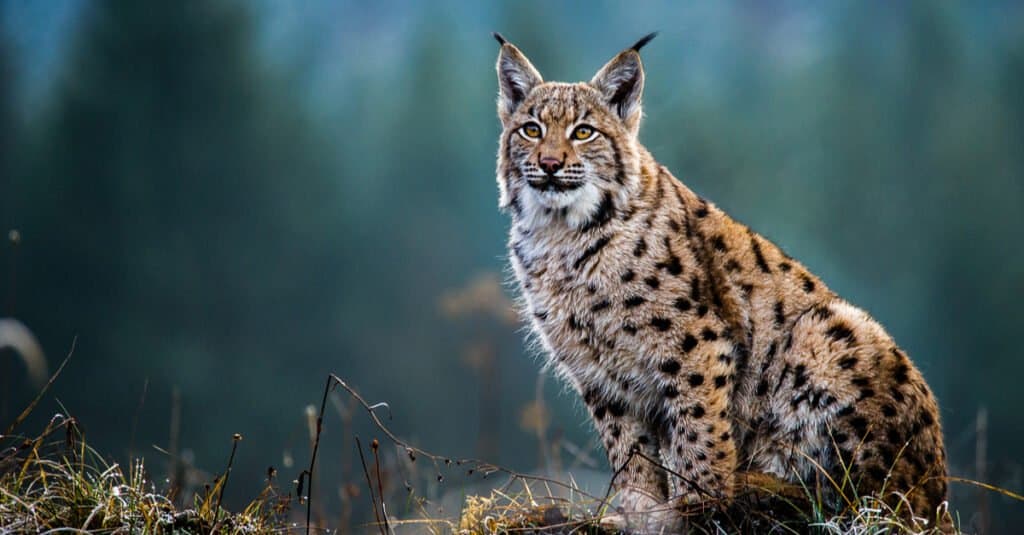
The lynx may be beautiful, but it is also capable of causing serious harm to small animals.
©Tomas Hulik ARTpoint/Shutterstock.com
The lynx is one of the most fascinating felines on the planet. While their appearance may be strikingly similar to that of a friendly housecat, their demeanor is much wilder. In the video below you can witness two male lynxes disputing over their territory by way of their chilling, scream-like calls.
Thank you for reading! Have some feedback for us? Contact the AZ Animals editorial team.



